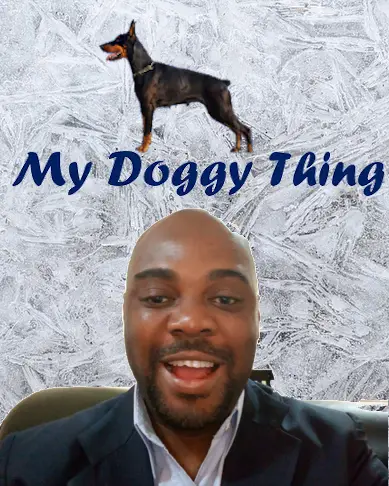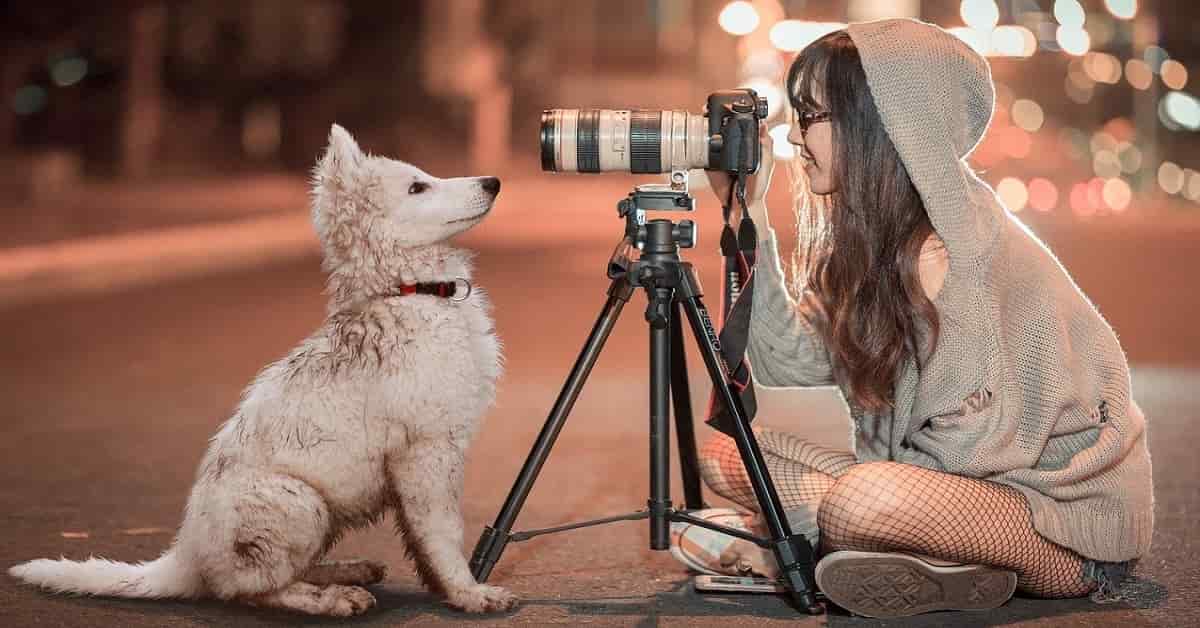That you are reading this text means you must have spent a lot of time thinking about how your dog sees you. You are trying to imagine what your dog is thinking or feeling about you. What do they make out of their relationship with you? Do they actually recognize you? How do you compare with other members of the household? Do they think you are just another dog?
Well, luckily for you, there has been some serious research on this topic and the discoveries are many but we would do our best to summarize these findings.
Before we continue, you should have a little historical summary of the dog-human relationship.
Dogs and humans have had interactions with each other for more than twenty-five thousand years. In all these years, humans have been in control of interaction within the two, from the wolf ancestors, humans have had control of providing warmth by being able to make fire and food by being able to smartly hunt without endangering themselves leading to longevity.
As the interaction continued, humans started breeding dogs to get the qualities they wanted. This ranged from physical attributes to behaviors which we wanted. Breeds that did not meet the criteria wanted were ignored and finally fazed out since they were not wanted and no one was ready to take care of them.
All this has lead to a current generation of dogs totally dependent on humans for survival.
Now when you ask the question what do dogs think about us, the constant advantage humans have had over them has lead to the stage where they see their owners as their provider, guide, companion, and in some cases protectors.
Now to answer the question “How do dogs view owners?” You will need to look at it from the perspective of the senses which they interact with us:
Our dogs use the senses of Sight, Smell, Sound, and Taste to view and interpret what we do with them.
.
.
Now let’s explain how our dogs view and interact with us bases on these senses.
1.Sight
Whenever we hear about dogs interacting, the first thing that comes to mind is their strong sense of smell, but most of the time our dogs interact with us by viewing us with their eyes. Dogs are color blind in a sense but can see in contrasts of brightness and darkness. You can compare it to seeing a black and white movie.
This leads us to the two concepts in which they view and interpret whatever we do. They are dependent on facial recognition and our body language.
a.) Facial Recognition.
At the University of Padua in Italy in 2010. A study was carried out by Paolo Mongillo to ascertain how dogs were able to recognize their owners through sight. The discovery was that when a group of strangers was made to pass in front of them, they concentrated more on the facial area to identify their owners. If strangers kept on passing, the dog was more likely to keep staring till they saw something they recognized or saw their owners.
In the same experiment, strangers and dog owners were made to pass before a dog with a hood covering their eyes, the dog was found to be in a position where they kept staring even though they saw their owners, it took them a bit longer to confirm who it was and calm down.
This pointed to the fact that dogs were heavily reliant on seeing their owner’s eyes to identify them than their noses and mouths.
Another strong positive of watching our eyes by our dogs seemed to give them a sense of what our priority was at the time of looking even if the gaze was not on them.
b.) Body language.
In the same experiment, the dogs were still able to identify their owners using their sense of sight. The experiment was done in such a way as to limit the use of the sense of smell by using video recordings.
When the dogs identified their owners they usually let out a woof or some body movement indicative of the recognition of their owners. Since the sense of smell was not possible here and the faces were covered, the only logical explanation was that the dogs identified their owners by their mannerism or their body language.
This made a lot of sense looking back at their ancestral link, they needed to be able to read properly the body language of their caregivers and act as expected if they were to be rewarded with food and warmth. It will be a given that they will get better at reading our body language with time and also put into consideration that this is practically what they do all day long as they don’t have any other commitment they cannot drop to be by our side.
.
2.Smell.
We all know that our dog’s sense of smell is amazing, but let’s put it in perspective for you. We as humans can have up to four hundred olfactory receptors in our nose, these are the receptors that give us to have the sense of smell and without any blockage in our noses, we can smell things real good. Now our dog has up to three hundred million olfactory receptors. Do the maths, simply put, a dog’s sense of smell is approximately seven hundred and something thousand times better than ours.
This is no small feat. In addition to this, our dogs have another olfactory system called the Jacobsen’s organ. This organ’s function not only interprets the smell being perceived but can process more complex information about that smell for example a dog can find out the different ingredients used in preparing a particular dish, easily identify differences between twin or triplets by smell, find a stranger in another city just by a whiff of where they last sat down. Identify what and where we have been all day just by smelling us and more.
The things our dogs can do with their sense of smell are almost unbelievable. You may have seen a dog sniffing on another dog’s butt. They don’t do this just for the fun of it. Explaining in simple terms a dog sniffing on another dog’s butt is like looking at their passport or identification card. They can get information about a dog’s age, health status, sex, or even what type of animal they are.
Now if they can do all these, what kind of information do you think they will get from you when they smell you?
.
3.Sound.
In another experiment vocalization or sound was used to test how dogs react to their owner’s voices. Strangers were made to pass in front of the dog and made sounds around them. In the midst of the sound, their owner’s voice is infused. when this happened it was found that the dog became attentive and focused on the strangers passing.
Basically, it means that dogs know the voice of their owners, this becomes even more obvious if the dog has been trained to obey simple commands. The dog becomes alert and is ready to receive instructions from you (and the associated reward).
.
4.Taste.
A dog usually investigates things in their surrounding using their sense of smell and taste. The two senses are complementary to each other. In a way, while the sense is used to make deductions about things, the sense of smell is used to verify the authenticity of the deduction.
It’s like the same way we see something with our eyes, it is enough proof that it’s there but when we touch it with our hands and feel it, there is that extra level of validation about what we have seen.
A dog can lick there owner for so many reasons from grooming to appreciation but one of the main reasons to lick you as an individual is like having that final verification that you are the one by him or her.
You may also like WHY DOES MY DOG NIBBLE MY EAR?
.
IN CONCLUSION.
So, as you can see our dogs can view us from different channels and perspectives but that cannot change the fact that the modern-day dog is heavily dependent on us for survival. Any view or relationship with us would be geared towards solidifying his or her place in our life so as to get what they really want, safety, companionship, a sense of belonging, and most of all lots of love.

Hi, I am Charles Nwankwo Editor-in-Chief, Mydoggything.com. Gleaning from Professional Dog Trainers, behaviorist, Registered Veterinarians, and Breeders. We are passionate about making dog care easy for you. My job is to make sure that you get the best-updated dog care information to understand and take care of your dog or dogs.

